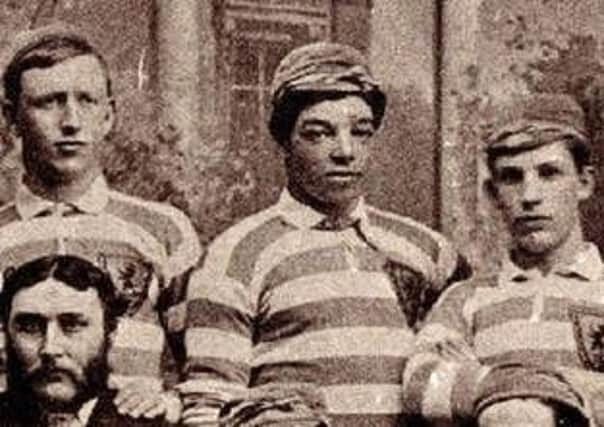Hampden mural planned for world’s first black international footballer Andrew Watson


The game was played at the first Hampden Park and Scotland included Andrew Watson, the world’s first black international footballer, in their line-up. The pavilion is now used as the clubhouse for the Hampden Bowling Club which sits where the ground built in 1873 used to be.
It was the world’s first purpose-built international football ground and where the passing game of football was invented by its owners Queen’s Park.
Advertisement
Hide AdAdvertisement
Hide AdThe ground took its name from the nearby Hampden Terrace and it was Queen’s Park’s home for ten years as well as Scotland’s for six internationals, all which they won.
The 117th anniversary of that 5-1 success over the Auld Enemy passed on Monday and it was marked by the launch of a drive to raise £5,000 to have the mural painted. The artwork would depict the scoreline as well as Watson and skipper Charles Campbell, a pioneer of the game who went on to become the president of Queen’s Park and the SFA and refereed the Scottish Cup final of 1889 between Celtic and Third Lanark.
Glasgow Artist Ashley Rawson has been chosen to paint the mural. Graeme Brown, treasurer of Hampden Bowling Club, said: “The first Hampden Park is a monument to the footballing gift that Scotland gave the world. The mural will be seen by over 200,000 people per week as the bowling club rear wall faces the Cathcart District Railway and fans will see it on the way to games.”
Anti-racism education charity, Show Racism The Red Card, has backed the fundraising. Ruth McGeoch from the charity said: “Show Racism the Red Card are excited to be part of this project, using art to raise awareness the world’s first black international footballer.”